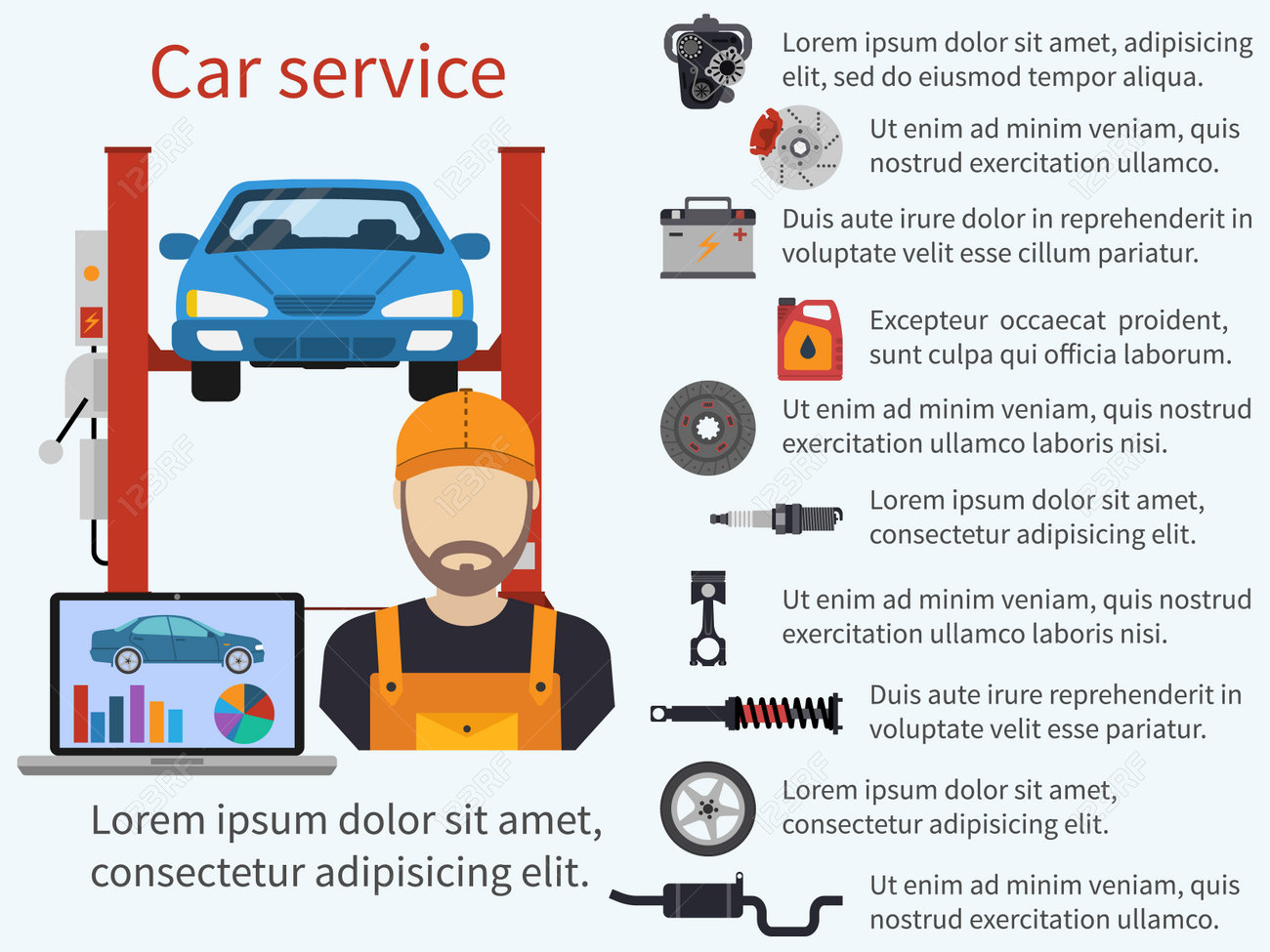Identifying The Most Common Caution Indicators On Your Control Panel And Their Significances
Identifying The Most Common Caution Indicators On Your Control Panel And Their Significances
Blog Article
Published By-Pappas Hurst
When you lag the wheel, those dashboard caution lights can be a genuine enigma. But did you know that deciphering them can conserve you from potential car troubles in the future? From the threatening check engine light to the refined oil stress warning and the ever-important battery light, every one serves as an essential signal from your lorry. It's time to shed light on these typical dashboard warnings and outfit on your own with the understanding to navigate the road in advance.
Understanding the Check Engine Light
When your control panel brightens with the check engine light, it is necessary not to panic but to take instant action. The check engine light serves as a warning that your vehicle's onboard diagnostic system has actually found a possible problem with the engine, emissions, or various other important elements. Disregarding this light can result in much more serious problems down the road, so it's vital to resolve it promptly.
To comprehend cost of ac repair car of the problem causing the check engine light, you can make use of an OBD-II scanner to fetch the particular trouble codes stored in your car's computer system. These codes offer useful info that can assist pinpoint the underlying issue.
While some concerns creating the check engine light may be minor, such as a loosened gas cap, others might indicate more substantial concerns that require professional attention.
Translating the Oil Pressure Caution
Upon seeing the oil stress advising light on your dashboard, prompt focus is crucial. This warning shows that the oil pressure in your engine may be also reduced, which can lead to serious engine damages if not addressed without delay. Low oil pressure can be caused by a variety of concerns such as a leak, a faulty oil pump, or reduced oil levels. Overlooking this advising light could lead to expensive fixings or even engine failure.
If you see the oil stress warning light begun, the very first step is to securely pull over to the side of the road and shut off your engine. Examine the oil degree making use of the dipstick and guarantee it goes to the advised degree.
If the oil level is low, top it up with the proper oil for your lorry. If the oil degree is sufficient, do not continue driving and seek assistance from a mechanic to identify and deal with the problem without delay. Remember, keeping proper oil pressure is vital for the health and wellness and durability of your engine.
Interpreting the Battery Light
To understand the significance of the battery light on your dashboard, you must comprehend its crucial duty in your car's electric system. When https://docs.google.com/spreadsheets/d/1R0nBUzQ1FgLu-fFl1197XNTavuld9oa-KMYwsA1kNac/edit?usp=drive_link illuminates while you're driving, it suggests that the electrical system isn't receiving adequate power from the battery.
This could be as a result of a failing battery, a damaged alternator, or issues with the charging system. Disregarding this alerting light can result in your lorry delaying or being incapable to begin.
If the battery light comes on, it's recommended to securely pull over and have your car examined by an auto mechanic asap. They can execute diagnostics to pinpoint the hidden issue and stop a possible malfunction.
Verdict
Now that you understand just how to determine the most typical warning lights on your control panel and what they imply, you can resolve any prospective problems immediately. Bear in mind, the check engine light, oil stress warning, and battery light are very important signs of your automobile's wellness. Keep notified, remain risk-free, and maintain your car running efficiently by paying attention to these indication.
